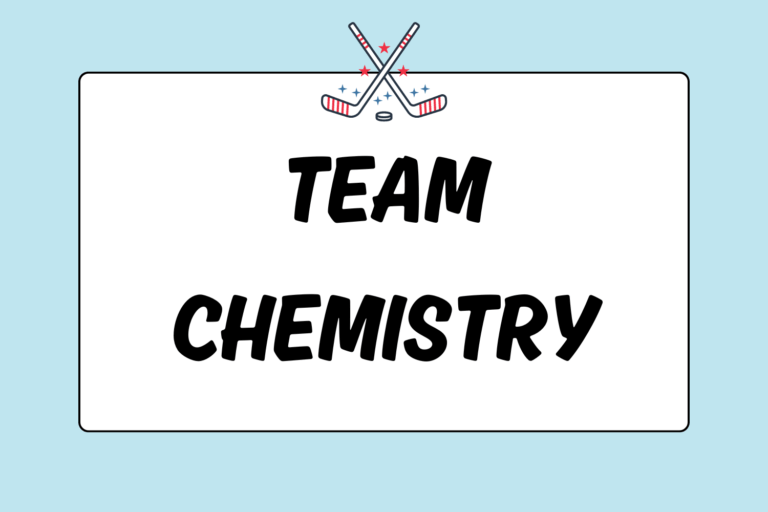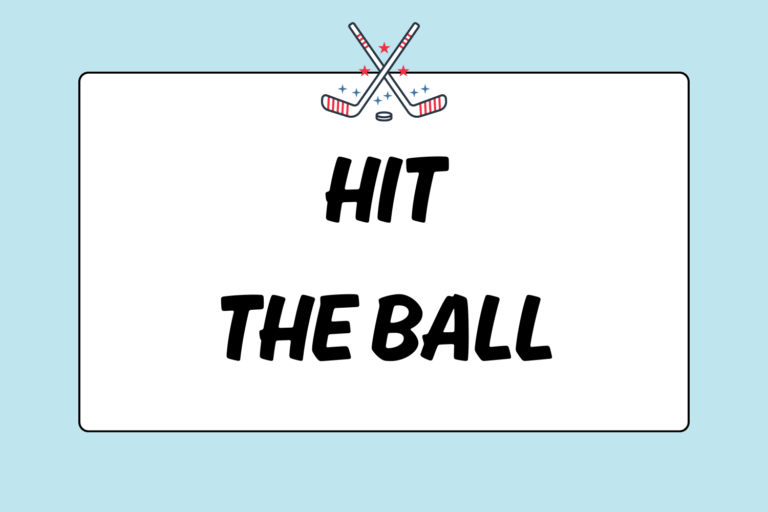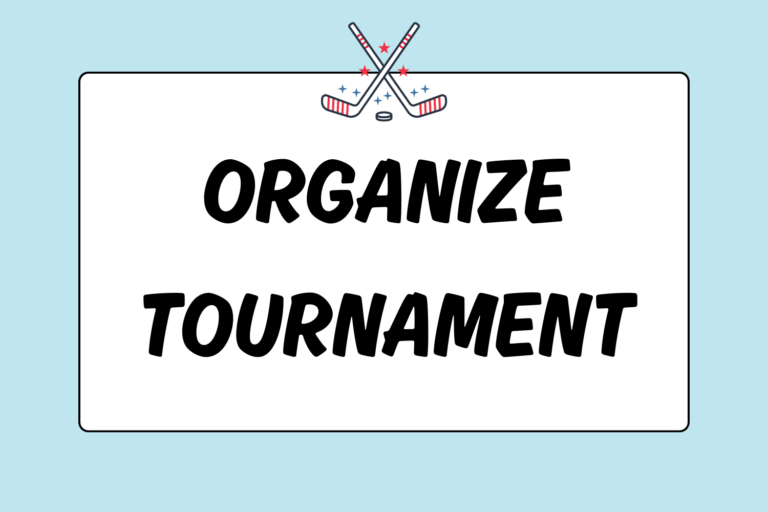The only time a lifted hit is allowed in field hockey is for a direct shot on goal inside of the shooting circle (not on a penalty corner, though). The lifted shot is legal as long as it is not deemed dangerous by the referee, so do not lift the ball if a player is running towards you from the direction you want to shoot the ball.
This guide will give you more shooting options by teaching you two types of lifted shots in field hockey: The squeeze and the chip hit.
The Squeeze Hit
This hit is called the squeeze because you basically pinch (or squeeze) the ball between your stick and the ground to pop it up towards the goal. The squeeze should be used for shots inside the circle and directly in front of the goal. This move is fast because it uses a very quick backswing (because you place your hands lower on the stick) and no follow-through. To complete the squeeze:
- Trap the ball off your back foot and bring it close to your body before shooting.
- Bend your knees and stand perpendicular to the target (front shoulder and front foot closest to the goal). Slide your right hand up the stick and bring your left hand down two inches from the top to form the double v grip on the lower half of the stick. Because the grip is lower on the stick, you will have more control and a faster backswing.
- Bring the stick back so the toe of the stick comes up to your shoulders (but not higher). Keep the stick and ball close to your body by bending your elbows on your backswing and positioning the ball close to your feet (about a foot away) before contact. Cock your wrists back and swing down at the ball, keeping your arms and wrists stiff.
- Strike the ball off your back foot and on the top/back of the ball. Hitting the top backside of the ball will squeeze the ball between your stick and the ground. The force of hitting the ball into the ground will then cause it to pop up.
- No need to turn your hips or follow-through on this hit.
The Chip Hit
The chip hit is an easy shot to learn because it is basically a modified hit. The main difference between a standard hit and the chip hit is how you angle the stick. The angle of the stick determines whether the ball will be lifted or stay low to the ground.
The chip hit should be used inside the shooting circle to take direct shots on goal. These types of hits, though, are illegal on penalty corners because they are lifted hits that require a backswing — neither can be used on penalty corner shots. Make sure you have plenty of time and space because the hit requires a long backswing and follow-through to lift the ball. To complete the chip hit:
- Slide your right hand up the stick form the double v grip.
- Place the ball slightly in front of you so when you step forward with your left foot, the ball will be in line with your front foot. As you stride forward, bend your right knee and let your body sink low to the ground.
- As you are stepping forward, bring the stick back and cock your wrists, but do not raise the stick above shoulder-height.
- Swing across your body and through the ball. Turn your hips towards the goal and shift your weight from your back foot to your front foot.
- Angle the top of the shaft back by turning your wrists to the right to lift the ball. The further back you angle the stick, the higher the ball will be lifted. Strike the bottom of the ball with the flat side of the stick near the heel, but not on the back edge of the stick.
- After striking the ball, follow-through by bringing your arms and the stick up and across your body to about shoulder-height. Note: Make sure you have enough room so that your backswing or follow-through does not injure a nearby player.
Hot Tip: Avoid Penalties
Make sure no one is running towards you to avoid any unnecessary penalties against your team before lifting the ball at the goal. If you put another player in danger, the referee will call a penalty against your team that will result in a free, 16-yard hit for the opposing team.
Beware of your backswing and follow-through, as well. On the squeeze hit, your backswing is a little higher than usual. So, only use the squeeze hit when you have enough space that it’s not dangerous for surrounding players. On your chip hit, both your backswing and your follow-through come to about shoulder-height, so be cautious of your surroundings!
If you know a player is in your way and you intentionally raise the ball, the referee may give you a warning (green card), or eject you from the game. So when in doubt, do not lift the ball.
Get Open to Shoot
The key to taking successful lifted shots on goal is to get open before receiving the ball. Then, make sure no one is directly in front of you before taking your shot. As long as you don’t put anyone in danger, you can lift the ball as high as you want.
Not only do these shots look good, but they are extremely hard for the defense to defend against. Lifted shots require the defense to play the ball in the air and there are a lot of restrictions they have to follow before playing the ball down. So, if you want to take lifted shots on goal, keep them safe, quick, and accurate, and you’ll score every time!





